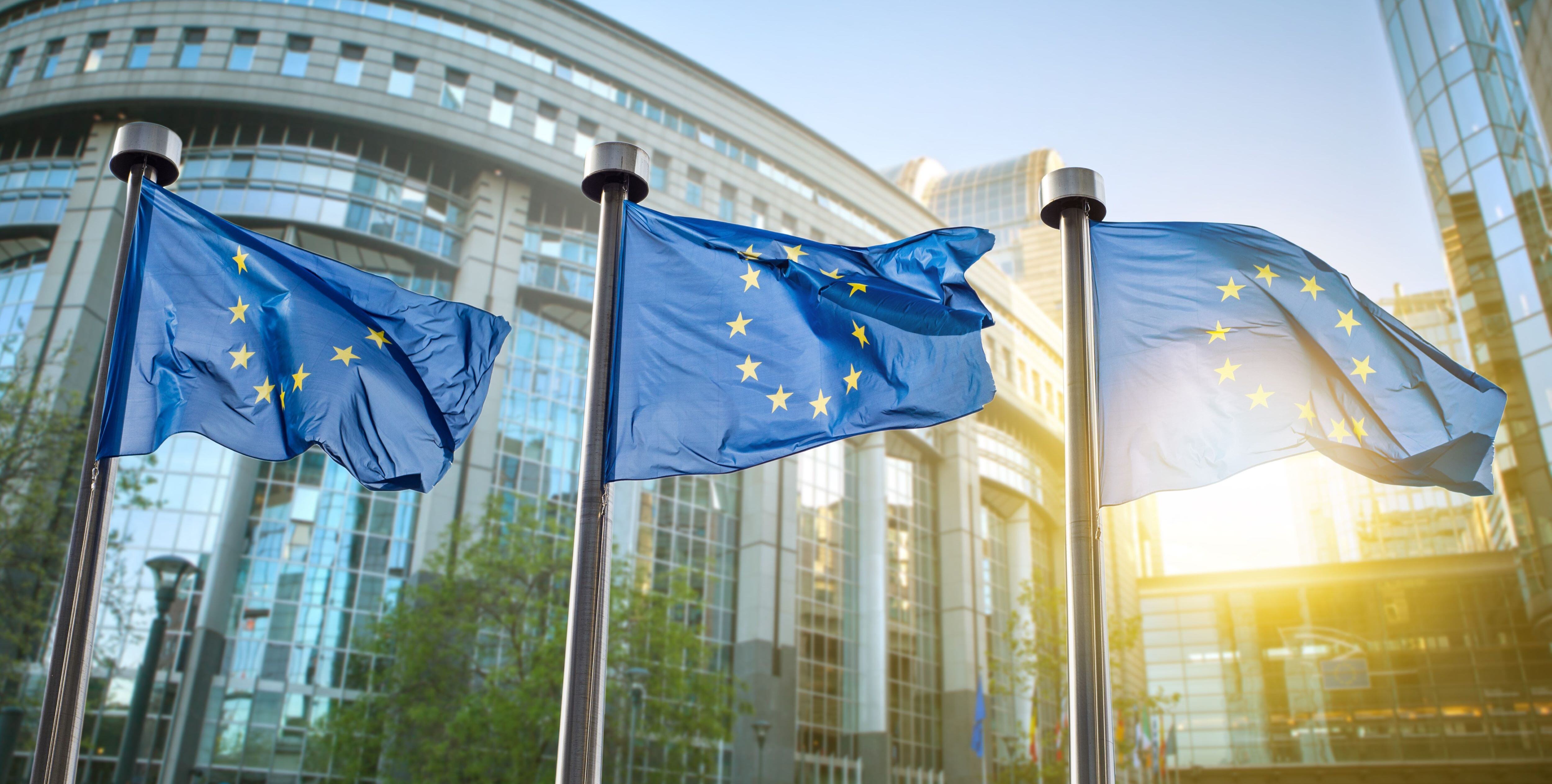November 18, 2020
November 18, 2020
As you move from Phase 3 clinical trials towards your Marketing Authorization Application (MAA), there are a number of critical steps that must be taken regarding how you interpret your clinical trial results and then present that information to the European Medicines Agency (EMA).
In order to prepare for your Centralized MAA, it is critical to first understand the key procedural milestones that are involved in the development and submission of your application. From there, the priority is to understand the scientific importance of each of the steps.
The first step in the MAA process is for applicants to confirm eligibility to the Centralized Procedure (CP). This is required for all products regardless of whether they fall under the mandatory scope for products which must be assessed centrally. This is usually a relatively straightforward statement outlining the eligibility criteria for the product in question to access the CP. If the product does not fall under the mandatory scope for Centralized Procedure, then it is wise to include additional information support CP eligibility.
Once you have received confirmation that your product is eligible for the CP, around seven to nine months prior to your submission date, you should send a letter of intent to submit an MAA to the EMA. At this time, you should also submit your request for a pre-submission meeting. Although not required, we strongly recommend requesting and attending a pre-submission meeting as it affords Sponsors an opportunity to introduce their product to EMA and ask any procedural questions they may have. However, it is important to note that these meetings are not particularly focused on the scientific aspects of the dossier.
If the EMA grants your pre-submission meeting request, it should be conducted six to eight months before you plan to submit your application.
In order to be able to file your MAA, it is required to have an agreed Pediatric Investigation Plan (PIP) with EMA. Furthermore, Sponsors must also demonstrate compliance with that PIP. The pediatric compliance check involves an assessment of the timelines and key binding elements in an applicant’s PIP to ensure that the criteria outlined in the PIP and agreed upon by the Agency have met. This step is absolutely critical, and a common area in which many applicants run into roadblocks, as if there are any areas of non-compliance – even something as simple as a clinical study report (CSR) being a month later than originally agreed – there is a risk you will fail the compliance check and may need to submit a PIP modification. This is an area in which delays to the MAA filing date are commonly introduced and should this fall onto the critical path for the submission. However, with careful planning and an experienced regulatory team managing this process, these delays can easily be avoided.
You will be notified by the Agency when the EMA has appointed the Rapporteurs for your MAA submission. Once this has been received, you should quickly arrange meetings with your Rapporteurs to discuss the proposed submission. Each Rapporteur will expect to receive a briefing book outlining the important chemistry, manufacturing, and controls (CMC), nonclinical, and clinical work completed in support of the MAA. The Rapporteurs will also expect a list of questions within the briefing book which provide a clear picture and complete justification of the applicants view on a particular topic, with a request for discussion with the Rapporteur to get their views. It is important to remember that the Rapporteurs will be your voice to the rest of EMA’s Committee for Medicinal Products for Human Use (CHMP) during the MAA process, so explaining your views clearly and listening to their feedback is critical for the success of your submission.
Once your MAA is submitted, the validation stage begins. At this point, the EMA will assess the completeness of your MAA dossier – and will ask for any missing or incomplete documents. This isn’t an assessment of the scientific content of your dossier, but more of a check to ensure all of the relevant documents are complete.
Regardless of where you are in the process of compiling your MAA or any other EMA submission, we have a few considerations to keep in the back of your mind:
Are you in the process of developing an MAA or other EMA/national agency submission? Regardless of where you are in product development, ProPharma Group’s experts can assist with all of your regulatory-related needs. To learn more about our services and how we can help you obtain successful regulatory interactions, contact us today.
TAGS: Regulatory Sciences

March 13, 2025
The HTAR in the EU has come into force – what Health Technology Developers (HTDs) need to know Getting your health technology product to the market is complex and usually consists of several steps...

July 20, 2022
What it is, why it matters, how you can apply and how we can help. What is the PRIME Scheme? You might be forgiven if you don’t know what the PRIority MEdicines (PRIME) scheme is; but if you are in...
July 25, 2022
What is ILAP? What benefits does ILAP provide? How do you access it? With the dust of Brexit settling, the question on most people’s lips (well, those of us in the healthcare sector anyway!) was:...